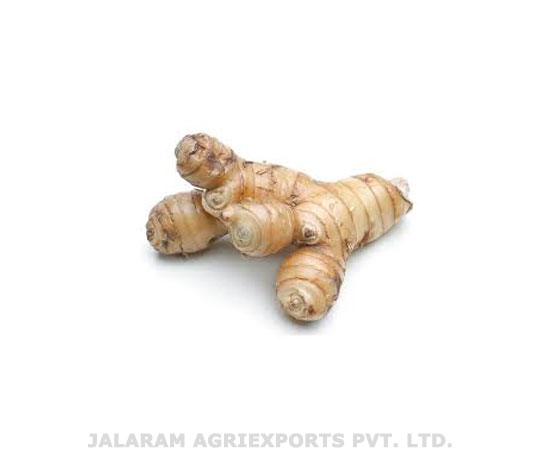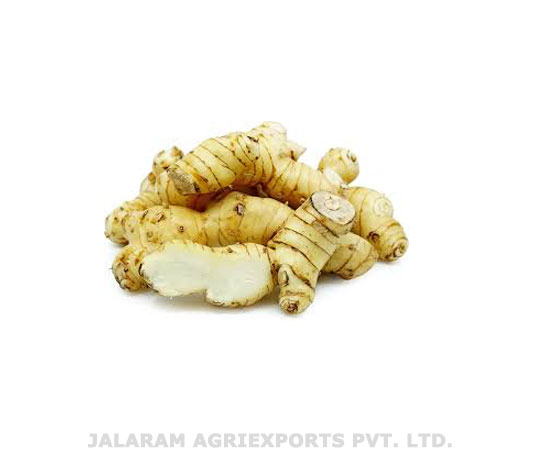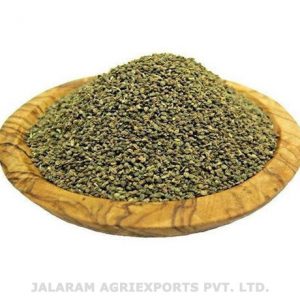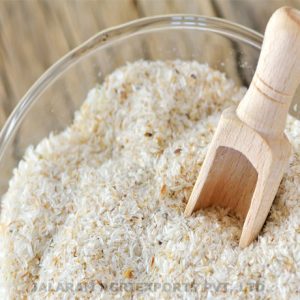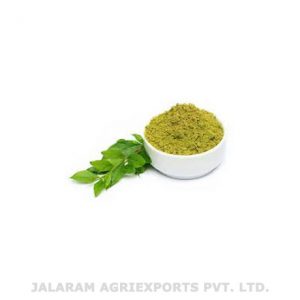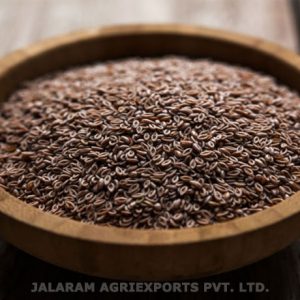Galangal roots are knobby and firm with a light brown outer skin and reddish rings. They have a strong, sharp aroma with a hint of citrus and are valued for their natural health properties due to their richness in oils and nutrients.
Galangal is native to Southeast Asia, especially Indonesia and Thailand, but is also grown in India, mainly in Kerala, West Bengal, Maharashtra, and parts of Northeast India. It grows well in warm, humid conditions and is usually planted during the kharif season (June–July) and harvested between December and February, after about 6 to 8 months.
In India, galangal is mostly used for local cooking and traditional remedies, but small amounts are exported to Southeast Asia, the Middle East, and Europe. Although it is not a major export product, its international demand is slowly rising due to its role in natural health and wellness.


